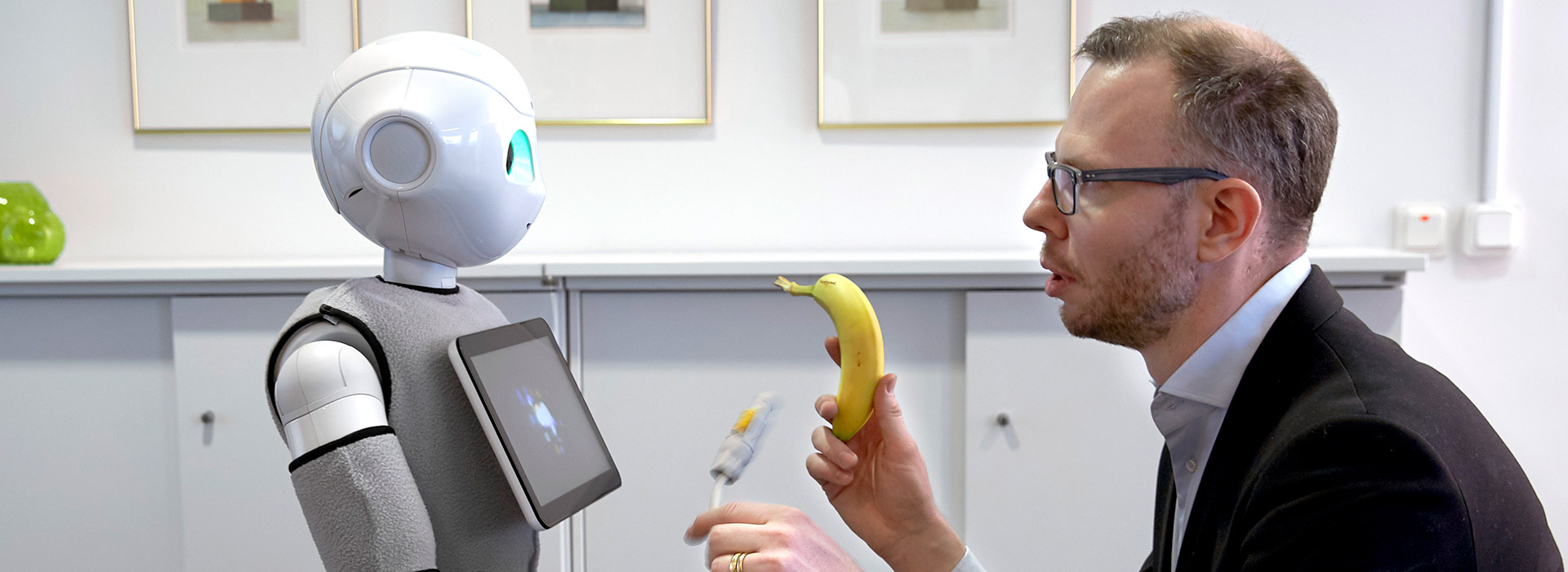The aim of autonomous systems in the home is to increase our understanding of what factors and mechanisms create trustful and engaging HRI (human-robot-interaction) in the home. These insights can enhance existing and create new technological solutions to achieve trustful and engaging interactions between humans and robots. The areas addressed are:
Dense Motion Features
This task aims at providing computational tools for robot perception by developing representations and algorithms for making rich and robust motion information in real-time. The main goals are still active, whereas the reached results and milestones are disseminated via relevant scientific publications, and as open source software.
Motion Generation
This task aims at robot control, comprising motion-planning aspects. Development and extension to multi-objective control formulations to express and combine motion characteristics are critical for safe and engaging HRI.
Modalities for Human-Robot Interaction
This task focuses on playfulness and affection as key factors of trust in HRI. It will be instrumental for closing the feedback loop between human and robot to achieve various tasks together.
Mechanisms for Intention Communication
This task focuses on the ability of humans to recognize and understand actions and intentions. It contributes to establish mechanisms of effectively communicating actions and intentions.
Methods for Enhancing Engagement
This task aims at influencing the human engagement in an interaction with a robot. A variety of scenarios and robots are being studied to quantify the degree to which specific movement patterns, behaviors, and interaction modalities contribute to the level of engagement, both in attaining and maintaining it.


